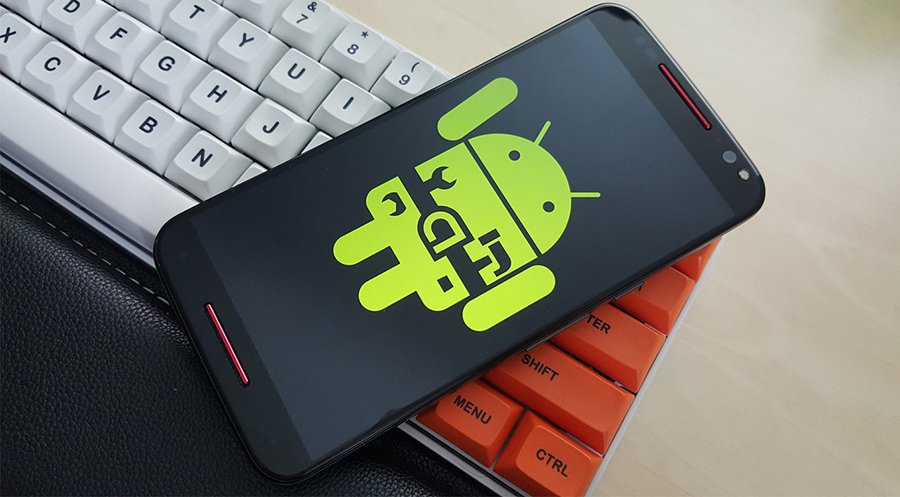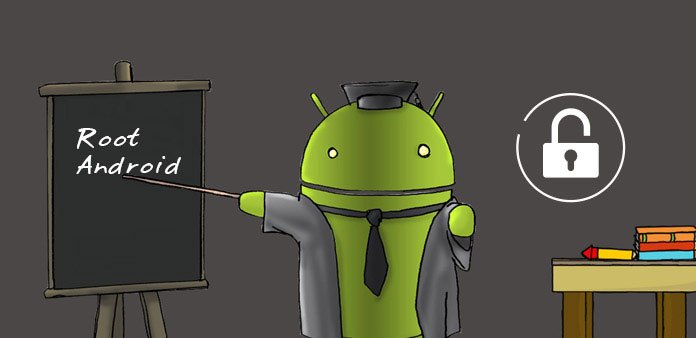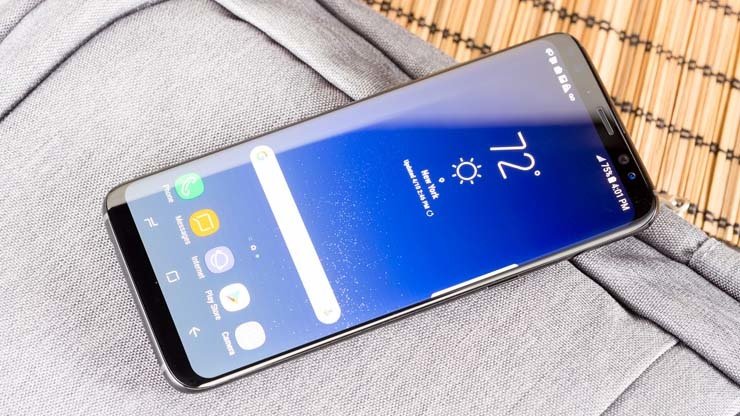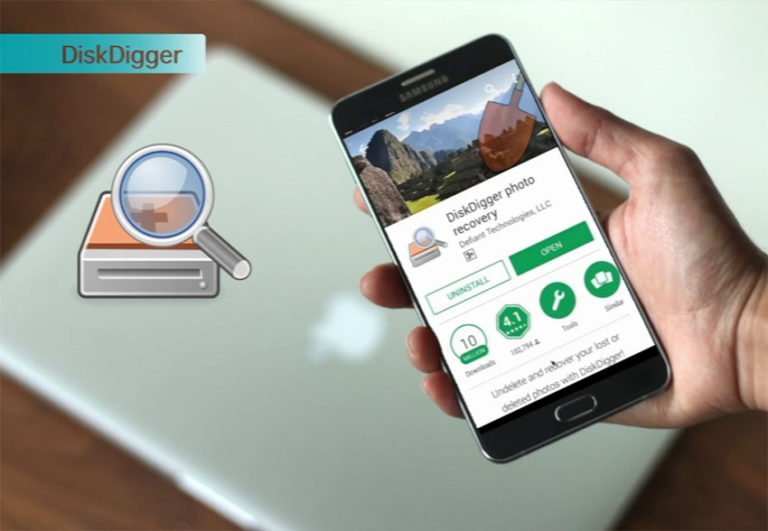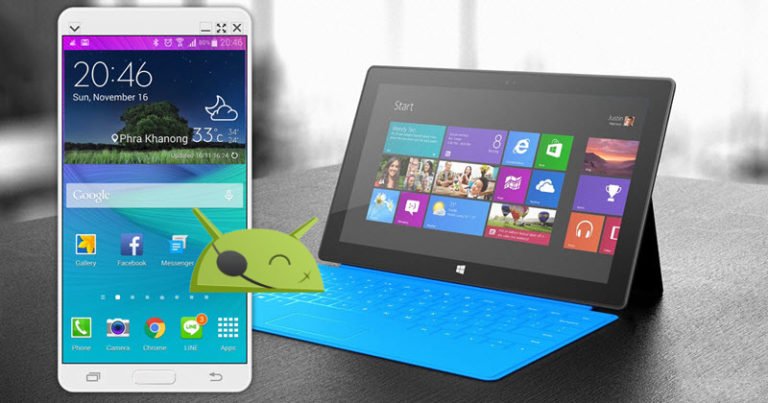How to Root Android Phone Tablet?
What does it mean to root a Android phone?
What does “Rooted” mean?
What does rooted or rooting mean and why would a android phone or tablet user want to, or want not to, do it?
Our Android phone is running an operating system that was designed for commercial and private use. Like most operating systems, several features have been disabled, either for future use or to prevent the casual user from causing permanent damage to the operating system. “Rooting” is the process in which the limitations are removed and full-access is allowed.
Once rooted, the Android phone owner will have more control over many settings, features, and performance of their phone.

Basically, “rooting” an Android phone means to get to the root of the operating system and gives the user the ability to make global changes. Similar to “jailbreaking” an iOS device, this is often done in order to bypass carrier or handset-maker limitations or restrictions. Once you achieve “root access”, you can replace or alter applications and system settings, run specialized apps, and more.
Why do we need to root the Android devices?
Rooting android phone or tablet allows you to run custom ROMS (operating system), remove or truly disable bloatware, have the option to do full system back ups or individual file backups and must importantly the data and settings associated with them. These are the most common things people look for when rooting their device.
Or sometimes, it is necessary to root Android device. For example, it is required to root your device if you need to use Android Data Recovery to recover contacts, text messages, call history from Android smartphone or tablet.
Steps: How to Root Your Android Phone or Tablet?
The process of rooting an Android phone varies for each device, but seems to have been streamlined over time. However, here we recommend a piece of software named SuperOneClick that supports a wide variety of different devices and should work for most people.
Preparation for rooting your Android device:
- To prevent data loss of rooting your Android phone or tablet, you should backup all data in your android device manually. Then you can start rooting your Android mobile phone.
- Make sure your device is fully charged. You’ll also need to turn USB debugging on. Go to “Settings” > Tap “Developer Options” > Check “USB debugging”.
- Most Android rooting methods require you to install some software on your computer. Here we recommend Java JDK and Android SDK and (Java must be installed before installing Android SDK). So download both of them.
- Connect your Android device to the computer via its USB cable. Don’t mount the device’s SD card on your computer – just plug it in.
- You’ll also need the USB drivers for your phone or tablet installed. SuperOneClick itself should be able to automatically install the appropriate drivers – however, if this fails, you’ll need to download and install the appropriate drivers from the device manufacturer’s website.
Then begin rooting your Android phone or tablet:
- Download SuperOneClick at shortfuse.org, and run it.
- Click the “Root” button on the software screen. It will take a while for rooting. After it finished, it will remind you. Reboot your device.

Note: Rooting will add an app to your phone called Superuser. It’s also a good idea to allow non-Market apps to install if you haven’t set that up yet.
Risks of rooting Android phone:
- Rooting voids your phone’s warranty: Once rooted, don’t try to bring your phone back for service or warranty work. You are on your own!
- Rooting involves the risk of “bricking” your phone: In essence, a “bricked” phone is no better than carrying around a brick in your pocket. The phone is dead when it has been “bricked”.
- Viruses: Yes, even phones can get viruses. A common practice that people do with “rooted” phones is to flash their ROM’s with custom programs. Whenever you make changes to the code of a software, you run the risk of introducing a virus.
But if your target is to retrieve your deleted contacts, SMS messages, call history on android phone like HTC Desire, gaining full root access to your Android is a must. And it’s a great way to get the full experience of your Android handset.


